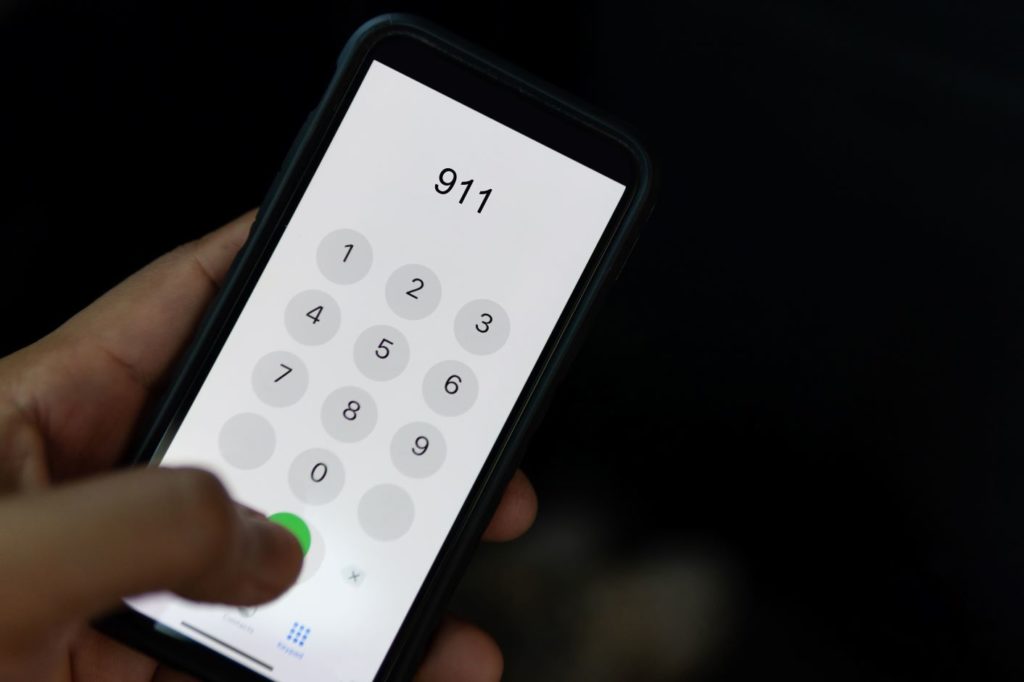Identifying the physical locations of emergency callers is critical to delivering public safety services. When callers to Public Safety Answering Points (PSAPs) can’t accurately provide their location, measures are needed to dispatch first responders to the right place. Similarly, in a mass emergency event, the ability to send intelligent messages only to those users within a well-defined geographic area can make official response measures more effective. Both these scenarios depend on the accuracy, speed, and reliability of automated location-based services to help public-safety personnel find and assist those in need.
Location data can come from either the device itself or from network sources. Handset-based positioning data such as GPS can be very accurate, but public safety agencies find it unpredictable because it can be limited by environmental conditions or the mobile device, or the user themself. Network-based data is more reliable because it does not rely on the end user device, and it combines multiple methodologies to improve accuracy and reliability beyond that of device-based positioning. Emerging 5G network-based location capabilities are even improving the ability to discern a person’s vertical position, such as their specific floor in a high-rise building.
Locating Citizens in Distress
Every time a PSAP operator answers an emergency call, the caller’s location must immediately and accurately appear on their screen in order to coordinate emergency services such as police, fire, and ambulance. Relying on GPS and other device-based location data can be problematic because it can be limited by end user settings, weather, or physical objects such as tall buildings. In addition to the uncertainty associated with handset-based location information, the technical process of communicating with the device can cause network latency that may delay first responders.
To ensure the best location intelligence, SS8’s platform combines device information with multiple network sources to rapidly deliver results. This combination provides the speed, accuracy, and reliability required by the most demanding emergency services applications. While SS8’s location solutions are deployed all over the world, Colombia’s Ministry of Information Technologies and Communications (MinTIC) is widely regarded as having some of the most stringent requirements for these metrics, exceeding those of the FCC in the US, for example. SS8 has satisfied MinTIC audit requirements for emergency services location intelligence that include reliability in both densely-populated and rural areas, accuracy to within 50 meters, and a delivery speed of less than 10 seconds – even milliseconds in some cases.
Sophisticated Emergency Alerts
To efficiently alert the public about missing persons, dangerous weather, active shooters, terrorist activity, and more, traditional cell broadcast mechanisms may use a specific subset of a network’s Short Message Service (SMS) gateways, which is specified in 3GPP standards, to create a defined alert area. However, this is a “best effort” approach that may alert people who are nowhere near the emergency location and provides no verification of delivery.
SS8’s platform adds to the sophistication of mass alerting with advanced geofencing and traceable disaster alerts that leverage batch streaming to verify receipt. Authorities can draw detailed polygons or other shapes on a virtual map and send alerts only to devices within that area, such as people inside a stadium, for example. In addition, traceable disaster alerts confirm that messages have been delivered and feature configurable responses to alert the PSAP of unsuccessful transmissions and re-attempt the alert a set number of times, providing better situational awareness than the “send and forget” approach of conventional cell broadcast.
Forward-Looking Location Abilities for Emergency Services
SS8 is continually advancing location intelligence capabilities and is investigating the ability of artificial intelligence and machine learning to deliver traceable disaster alerts. These technologies will not only increase the speed and accuracy of the alert process but can also be used to analyze transmission patterns for new insights, such as identifying equipment failures during natural disasters and other emergencies. In this way, the network incidents affecting the largest number of people can be escalated for remediation, taking maximum advantage of public safety resources.
SS8 is also looking at how to leverage location intelligence to identify and manage developing emergencies, such as initiating an automatic response when a spike in emergency calls from a specific location is registered. In this case, immediately sending a traceable disaster alert to the affected area might help reduce panic and limit unnecessary emergency calls that can overload PSAP operators. New usages such as these demonstrate the potential for location intelligence to proactively improve emergency services and protect society, and SS8 is committed to delivering these innovative location-based services and solutions.
 About Stuart Walsh
About Stuart Walsh
Stuart Walsh is a consultative technical sales leader with over 25 years of experience helping customers deliver solutions for success. As the leader of the product division at Creativity Software, a wholly owned subsidiary of SS8 Networks, Stuart is passionate about introducing next generation solutions and services to network operators and enterprises and driving business growth. Stuart also has a depth experience in voice and data applications for both Enterprise and Service Provider customers. You can view his LinkedIn profile here.
About SS8 Networks
SS8, a network intelligence company, provides solutions to help customers quickly identify, track, and investigate devices and subjects of interest. SS8 is trusted by six of the largest intelligence agencies, eight of the fourteen largest communications providers and five of the largest systems integrators.



